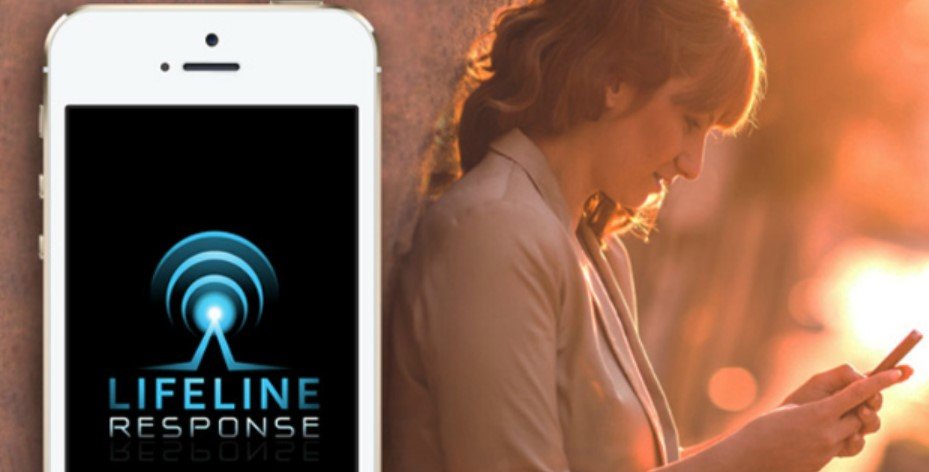In today’s fast-paced world, our smartphones have become indispensable tools, not just for communication but also for safety. Emergency shortcuts on phones can be literal lifesavers, providing quick access to essential services and contacts during critical situations. These features, available on both iOS and Android devices, are designed to help users get immediate assistance, whether it’s contacting emergency services, notifying loved ones, or providing crucial medical information to first responders.
The Importance of Emergency Shortcuts
Emergency shortcuts are vital because they offer a quick and efficient way to call for help. In situations where every second counts, such as medical emergencies or accidents, these shortcuts can make a significant difference. They allow users to bypass the usual phone unlocking process and directly access emergency services. This feature is particularly useful for individuals with medical conditions that require immediate attention.

Moreover, these shortcuts can be customized to include specific medical information, such as allergies, medications, and emergency contacts. This information can be invaluable to first responders, enabling them to provide appropriate care quickly. The ability to share your location with emergency contacts is another critical feature, ensuring that help can find you even if you are unable to communicate your whereabouts.
Setting Up Emergency Shortcuts
Setting up emergency shortcuts on your phone is a straightforward process. On iPhones, users can enable the Emergency SOS feature, which allows them to call emergency services by pressing the side button five times. This feature can also be configured to send a message with your location to your emergency contacts. Android users can access similar features through the Emergency Information section in their settings, where they can add medical information and emergency contacts.
It’s essential to regularly update this information to ensure its accuracy. Adding details such as blood type, medical conditions, and any other relevant health information can be lifesaving. Additionally, practicing how to use these shortcuts can help you stay calm and act quickly in an actual emergency.
Real-Life Impact of Emergency Shortcuts
There have been numerous instances where emergency shortcuts have saved lives. For example, in cases of severe allergic reactions, individuals have been able to quickly call for help and receive timely medical intervention. Similarly, during car accidents, the ability to automatically notify emergency services and share location details has proven crucial.
These features are not just for medical emergencies. They can also be used in situations where personal safety is at risk, such as during an attack or when feeling threatened. The ability to discreetly call for help can provide a sense of security and potentially prevent harm.































